Krakow's churches no.19 – Church of the Transfiguration in Krakow
[ENG]
One of the most beautiful architectural perspectives of Krakow is the view of St. John's Street from the Main Market Square towards the north, where the perspective is closed by the dominant feature of the Church of the Transfiguration of the Lord, which will be the main character of today's entry.
The Piarist Order, or the Order of Regular Poor Clerics of the Mother of God of the Pious Schools, came to Krakow in the mid-17th century. Their mission was clear: education and upbringing of young people - free of charge and also available to the poorer social classes. King Władysław IV brought the order to Poland, and the church and monastery at St. John's Street began to be built in the 1640s. The church itself was completed around 1718, although, as was often the case in Krakow, the finishing works took a long time.
The temple was designed in the spirit of mature baroque - harmonious, monumental, but at the same time full of light and light. Entering the interior, attention is immediately drawn to the high, richly decorated main altar, the work of Francesco Placidi, depicting the scene of the Transfiguration of the Lord – the titular event when Christ revealed his divine glory to the three disciples. This painting is dynamic, full of movement and contrast of light, typical of Baroque drama. Interestingly, the altar also contains a miraculous painting of Our Lady of Grace, which was particularly venerated during the plague. The interior of the church is filled with sculptures and stuccos that reveal the influence of Italian masters, but are the work of local artists, including Baldassare Fontana. The illusionistic paintings of the vault are particularly impressive, making the space seem almost endless – the sky opens above the heads of the faithful, and the figures of angels seem to emerge from the framework of the architecture. Among other elements of the equipment, it is worth mentioning the organ – an 18th-century instrument with a beautiful, warm sound, the front of which is decorated with figures of angels playing instruments. The monastery and church are also associated with an elite Piarist school, which for centuries educated the most talented youth in Kraków and the entire Małopolska region. Stanisław Konarski, an outstanding reformer of education, Franciszek Karpiński, a poet and author of the Christmas carol "Bóg się rodzi", studied here, as well as many future clergymen, artists and scientists. The Piarists placed great emphasis on science, foreign languages and rhetoric - for those times it was a real educational revolution.
In the 19th century, after the suppression of the orders by the occupying Austrian authorities, the Piarists lost part of their property, but fortunately they managed to keep the church and the school functioning. Today, the monastery is still full of life, and the temple serves pastoral and artistic functions - concerts of sacred and organ music are held here.
The external architecture of the church, maintained in the Baroque style, is distinguished by a certain restraint and elegance, typical of teaching orders. The façade, facing St. John's Street, was designed to harmoniously fit into the urban development - without excessive monumentality, but with attention to detail. The main entrance is flanked by pilasters in the Corinthian order, and the whole is crowned by a triangular gable with delicate stucco decoration. Attention is also drawn to the niche with the figure of Christ, which refers to the name of the temple - the Transfiguration of the Lord. The church was built on a Latin cross plan, with a single-nave body and a short transept. The presbytery is slightly narrower, closed with a semicircular apse. From the outside, you can also see the quadrangular wings of the monastery, which surround a small cloister - an internal courtyard, accessible only to monks. The entire monastery complex was designed in the spirit of monastic austerity, but with a clear accent of Italian Baroque - which is not surprising, because the architects of the order were often inspired by Roman churches. Although the Church of the Transfiguration of the Lord is located in the heart of the Old Town, it often escapes the attention of tourists – perhaps because it is in the shadow of its more “media” neighbors, such as St. John’s Church or the Dominicans. But maybe that is where its charm lies? It is worth going there not only to see the beautiful interior, but also to feel the spirit of a place that has served both prayer and learning for centuries. This is one of those temples that you don’t just look at – you simply absorb it with all your senses.
Address:
Ul. Pijarska 2
31-015 Kraków
Website:
https://www.pijarska.pijarzy.pl/
Masses on Sundays and celebrations:
8.30, 11.00, 13.00, 19.00
[PL]
Jedną z najładniejszych perspektyw architektonicznych Krakowa jest widok na ulicę świętego Jana z Rynku Głównego w kierunku północnym gdzie pespektywę zamyka dominanta w postaci Kościoła Przemienienia Pańskiego, który będzie głównym bohaterem dzisiejszego wpisu.
Zakon pijarów, czyli Zakon Kleryków Regularnych Ubogich Matki Bożej Szkół Pobożnych, przybył do Krakowa w połowie XVII wieku. Ich misja była jasna: nauka i wychowanie młodzieży – bezpłatne i dostępne również dla uboższych warstw społecznych. Król Władysław IV sprowadził zakon do Polski, a kościół i klasztor przy ul. św. Jana zaczęto wznosić już w latach 40. XVII wieku. Sam kościół ukończono około 1718 roku, choć jak to bywało w Krakowie, prace wykończeniowe trwały jeszcze długo.
Świątynia zaprojektowana została w duchu dojrzałego baroku – harmonijna, monumentalna, ale zarazem pełna lekkości i światła. Wchodząc do wnętrza, od razu uwagę przyciąga wysoki, bogato zdobiony ołtarz główny, dzieło Franciszka Placidiego, przedstawiający scenę Przemienienia Pańskiego – tytułowe wydarzenie, kiedy Chrystus objawił swoją boską chwałę wobec trzech uczniów. Malowidło to jest dynamiczne, pełne ruchu i kontrastu światła, typowe dla barokowej dramaturgii. Co ciekawe, w ołtarzu znajduje się także cudowny obraz Matki Bożej Łaskawej, który był szczególnie czczony w czasach zarazy.
Wnętrze kościoła wypełniają rzeźby i stiuki, które zdradzają wpływy włoskich mistrzów, ale są dziełem miejscowych artystów, m.in. Baltazara Fontany. Szczególne wrażenie robią iluzjonistyczne malowidła sklepienia, które sprawiają, że przestrzeń wydaje się niemal nieskończona – niebo otwiera się nad głowami wiernych, a postacie aniołów zdają się wychodzić z ram architektury. Wśród innych elementów wyposażenia warto wspomnieć o organach – XVIII-wiecznym instrumencie o pięknym, ciepłym brzmieniu, którego prospekt zdobią figury aniołów grających na instrumentach.
Z klasztorem i kościołem związana jest także elitarna szkoła pijarska, która przez stulecia kształciła najzdolniejszą młodzież w Krakowie i całej Małopolsce. Uczyli się tutaj m.in. Stanisław Konarski – wybitny reformator szkolnictwa, Franciszek Karpiński – poeta i autor kolędy „Bóg się rodzi”, a także wielu przyszłych duchownych, artystów i naukowców. Pijarzy kładli ogromny nacisk na nauki ścisłe, języki obce i retorykę – jak na tamte czasy była to prawdziwa rewolucja edukacyjna.
W XIX wieku, po kasacie zakonów przez zaborcze władze austriackie, pijarzy stracili część majątku, ale na szczęście udało im się utrzymać kościół i funkcjonowanie szkoły. Dziś klasztor wciąż tętni życiem, a świątynia pełni funkcje duszpasterskie i artystyczne – odbywają się tu koncerty muzyki sakralnej i organowej.
Architektura zewnętrzna kościoła, utrzymana w stylistyce baroku, wyróżnia się pewną powściągliwością i elegancją, typową dla zakonów nauczających. Fasada, skierowana w stronę ulicy św. Jana, została zaprojektowana z myślą o harmonijnym wkomponowaniu w zabudowę miejską – bez przesadnej monumentalności, ale z dbałością o detal. Główne wejście flankują pilastry w porządku korynckim, a całość wieńczy trójkątny szczyt z delikatną dekoracją stiukową. Uwagę przyciąga też nisza z figurą Chrystusa, która nawiązuje do wezwania świątyni – Przemienienia Pańskiego.
Kościół zbudowany został na planie krzyża łacińskiego, z jednonawowym korpusem i krótkim transeptem. Prezbiterium jest nieco węższe, zamknięte półkolistą absydą. Z zewnątrz widać również czworoboczne skrzydła klasztoru, które otaczają niewielki wirydarz – dziedziniec wewnętrzny, dostępny tylko dla zakonników. Całość założenia klasztornego została zaprojektowana w duchu klasztornej surowości, ale z wyraźnym akcentem włoskiego baroku – co nie dziwi, bo architekci zakonu często inspirowali się rzymskimi kościołami.
Choć kościół Przemienienia Pańskiego znajduje się w samym sercu Starego Miasta, to jednak często umyka uwadze turystów – być może dlatego, że znajduje się w cieniu bardziej „medialnych” sąsiadów, jak kościół św. Jana czy dominikanie. Ale może właśnie w tym tkwi jego urok? Warto tam wejść nie tylko po to, by zobaczyć piękne wnętrze, ale i poczuć ducha miejsca, które od wieków służyło zarówno modlitwie, jak i nauce. To jedna z tych świątyń, które nie tylko się ogląda – ją się po prostu chłonie wszystkimi zmysłami.
Adres:
Ul. Pijarska 2
31-015 Kraków
Strona internetowa parafii:
https://www.pijarska.pijarzy.pl/
Msze Święte w niedziele i święta
8.30, 11.00, 13.00, 19.00

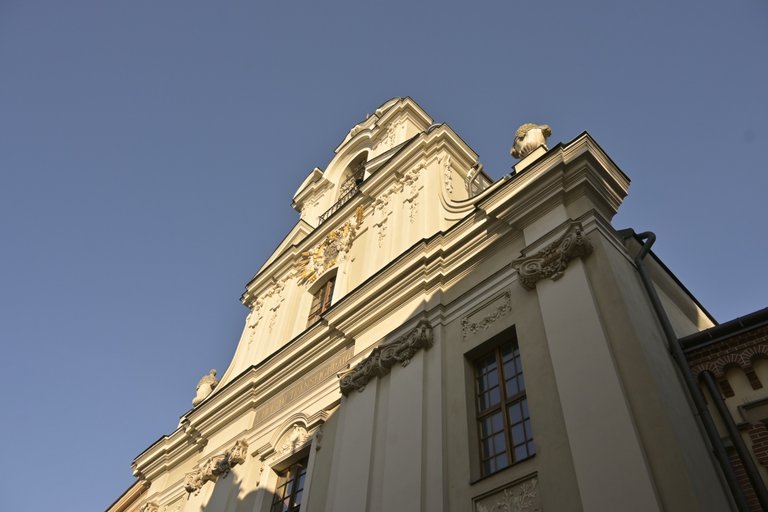
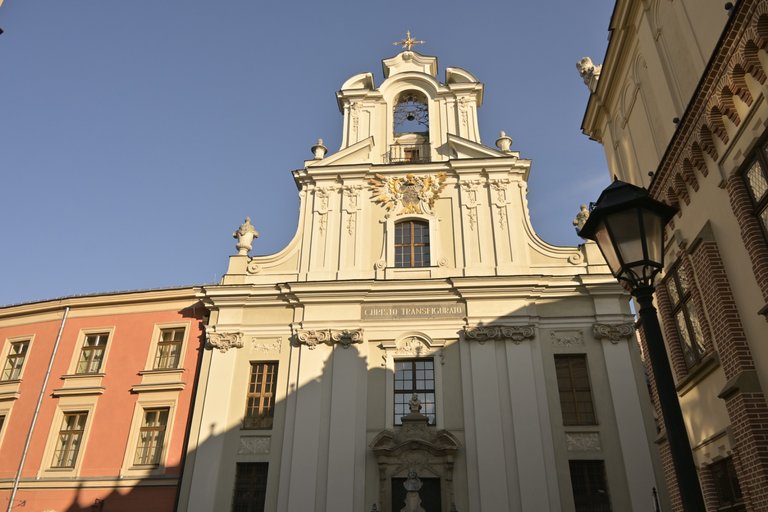
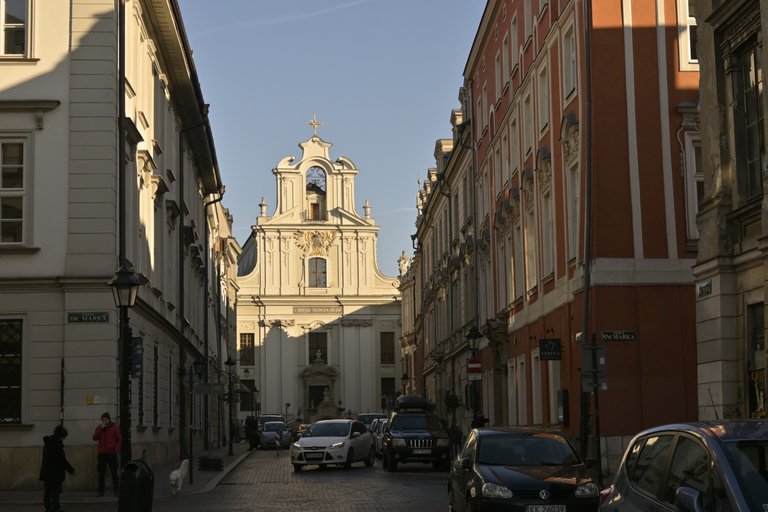
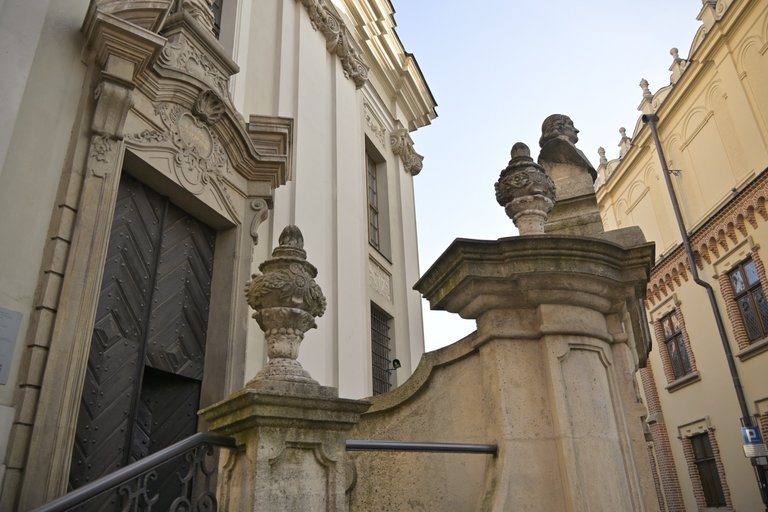
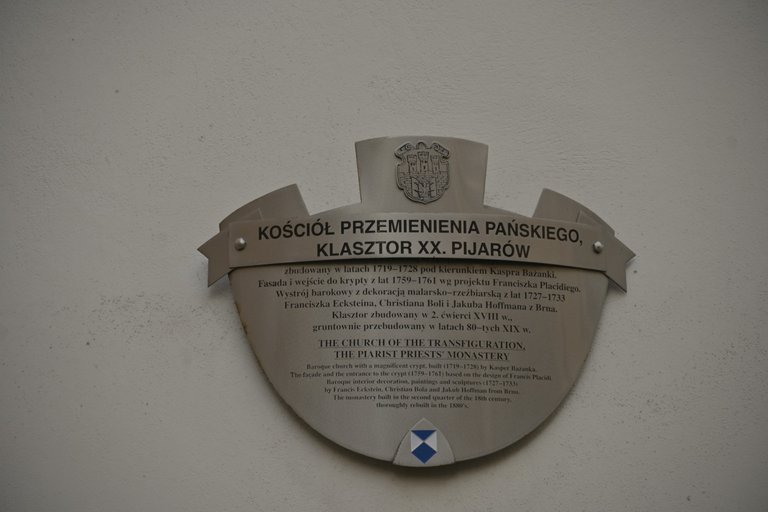

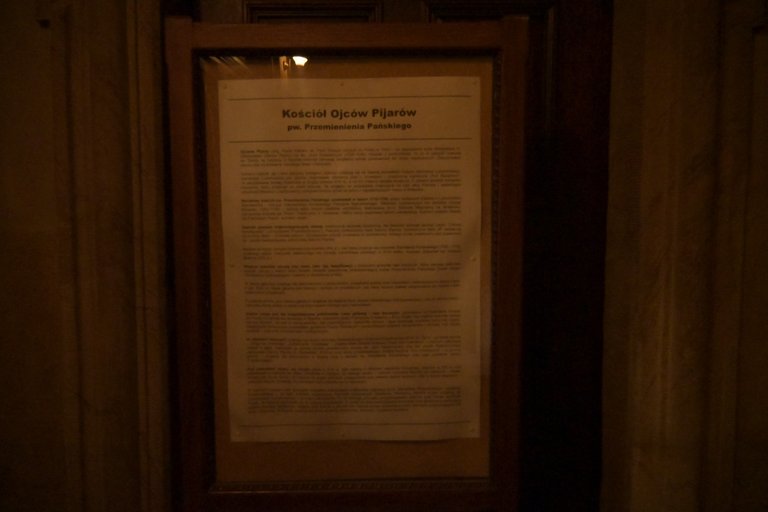

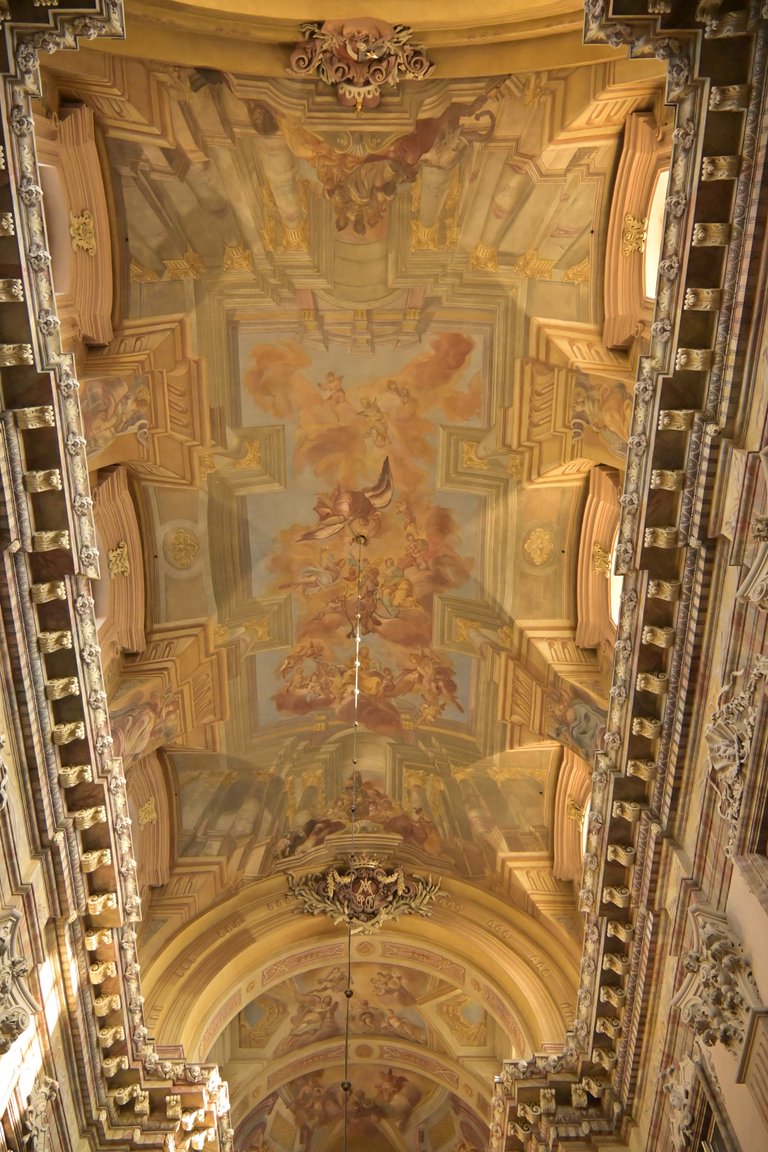
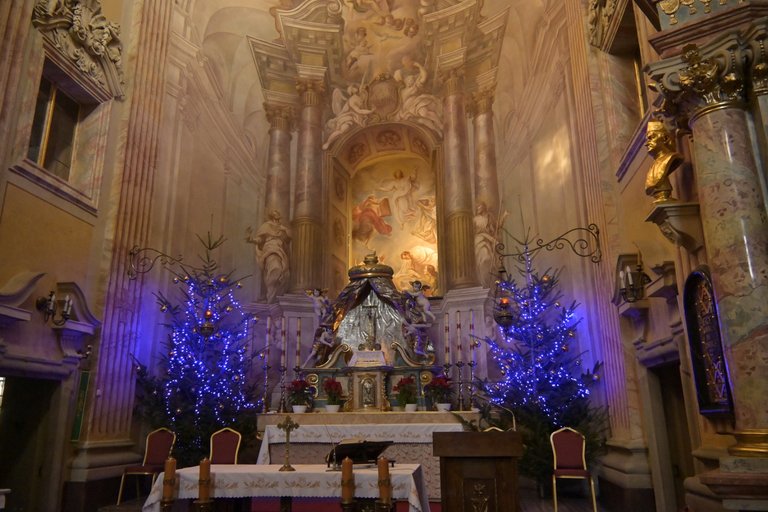
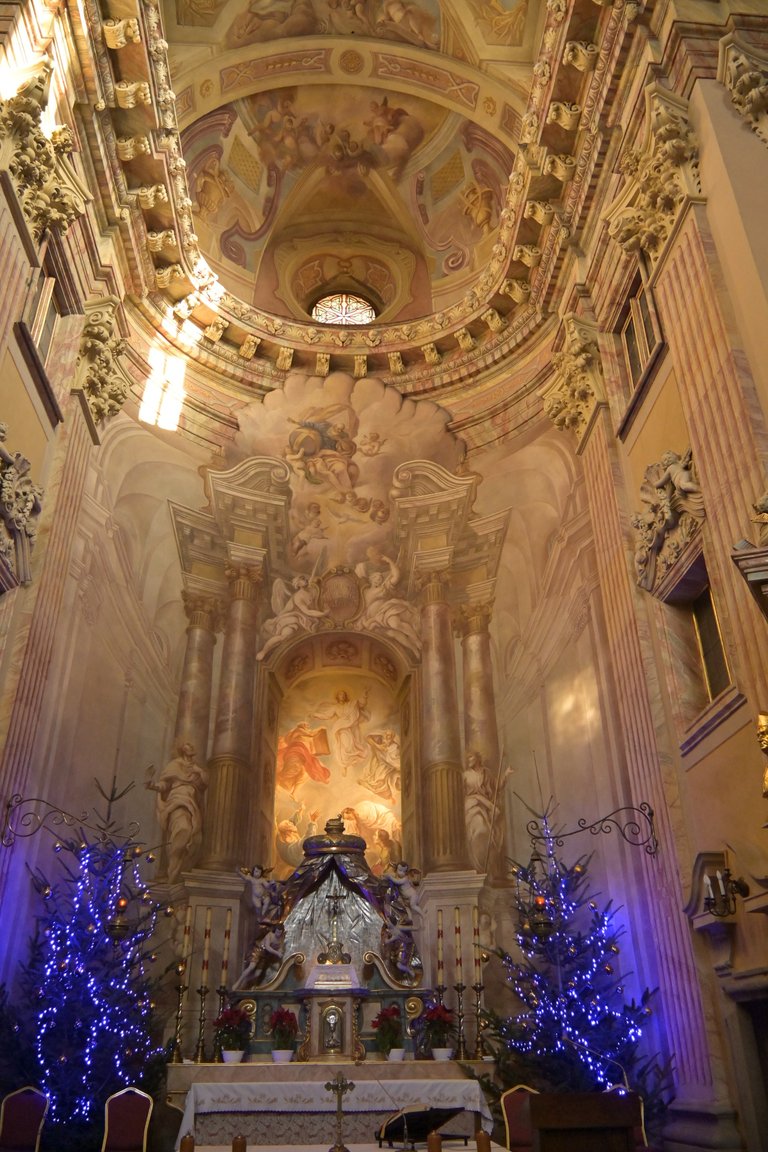

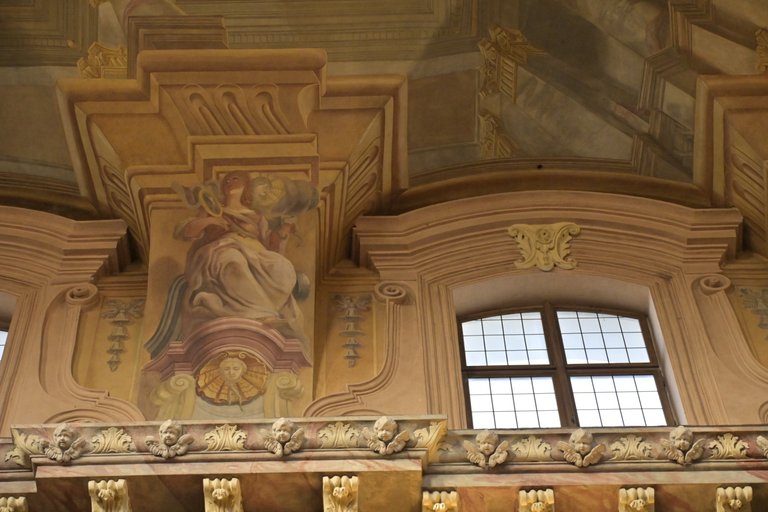
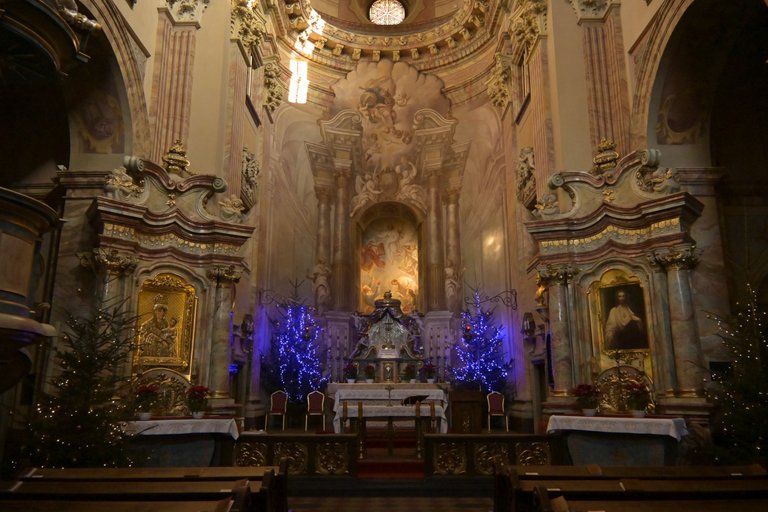


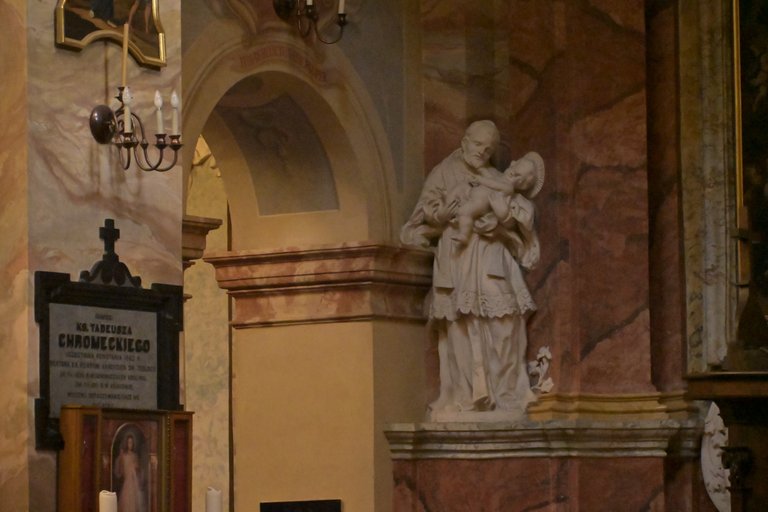
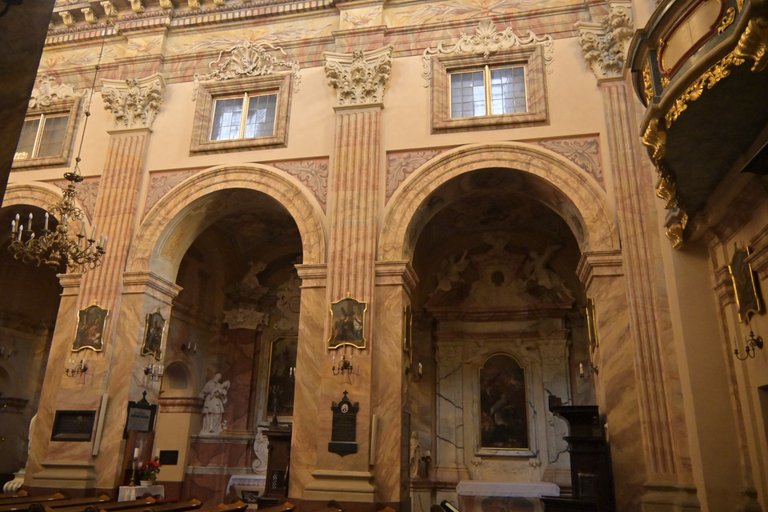
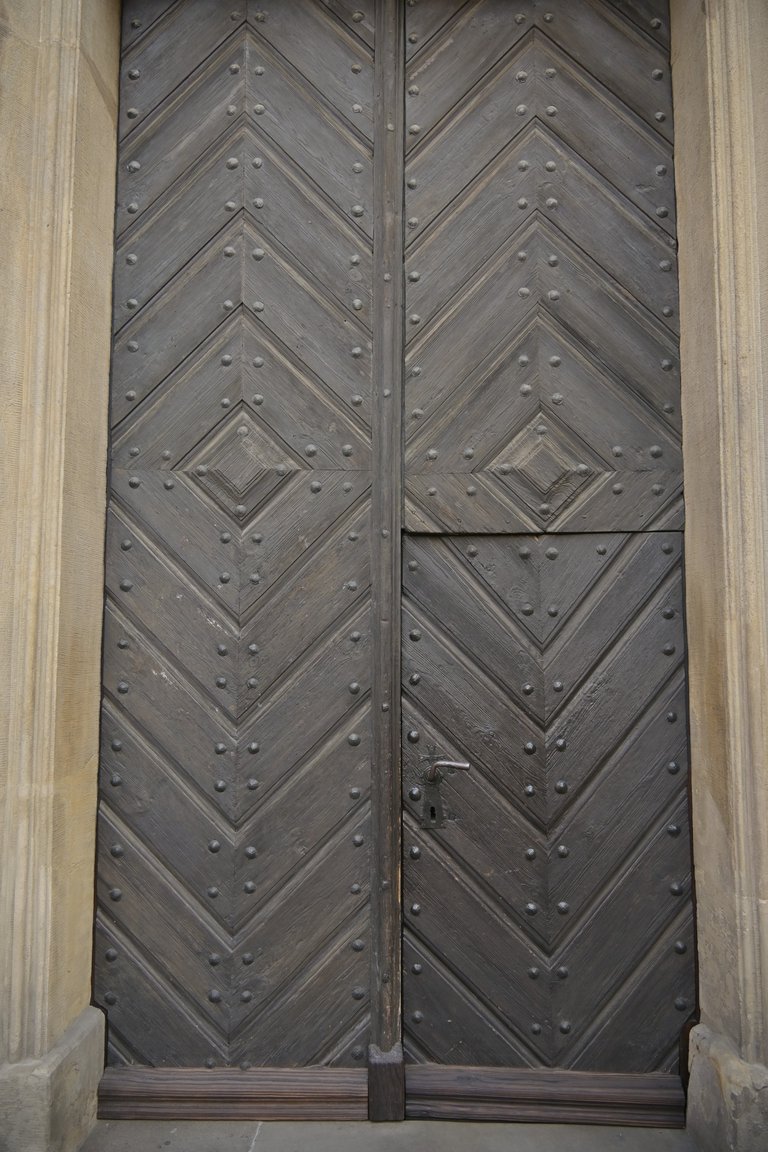
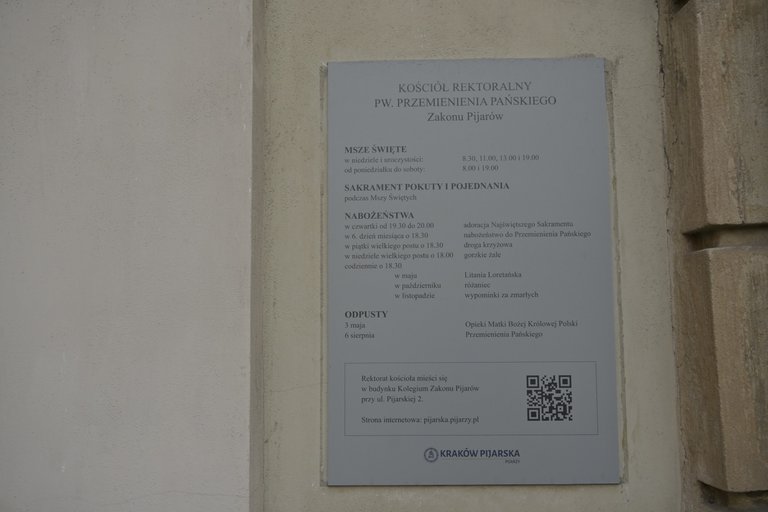
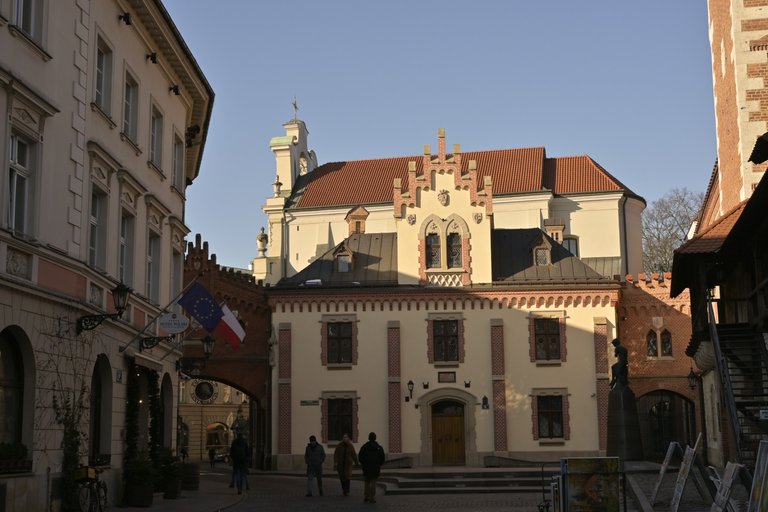

You can check out this post and your own profile on the map. Be part of the Worldmappin Community and join our Discord Channel to get in touch with other travelers, ask questions or just be updated on our latest features.
Congratulations, your post has been added to the TravelFeed Map! 🎉🥳🌴
Did you know you have your own profile map?
And every post has their own map too!
Want to have your post on the map too?
- Go to TravelFeed Map
- Click the create pin button
- Drag the marker to where your post should be. Zoom in if needed or use the search bar (top right).
- Copy and paste the generated code in your post (any Hive frontend)
- Or login with Hive Keychain or Hivesigner and click "create post" to post to Hive directly from TravelFeed
- Congrats, your post is now on the map!
PS: You can import your previous Pinmapple posts to the TravelFeed map.Opt Out
The church looks very beautiful, the building is incredibly interesting, and the appearance of the lecturer inside is also very cool. You managed to capture the beauty of the church building which is very beautiful.❤️🙏
Wow the churches in Krakow are really a lot and all amazing the inner part of the church it's so rich like everywhere you turn round your head you find beauty 😍😋
Krakow is filled with so many churches and lovely ones at that
They look good!
I've been to Krakow. The architectural design is so breathtaking. Rich in history and its timeless beauty.
@tipu curate 8
Upvoted 👌 (Mana: 0/75) Liquid rewards.
Congratulations @olusiu! You received the biggest smile and some love from TravelFeed! Keep up the amazing blog. 😍 Your post was also chosen as top pick of the day and is now featured on the TravelFeed front page.
Thanks for using TravelFeed!
@for91days (TravelFeed team)
PS: TravelFeed is in social media to reach more people, follow us on Facebook, Instagram, TikTok, and X.
Hiya, @lizanomadsoul here, just swinging by to let you know that this post made it into our Honorable Mentions in Travel Digest #2530.
Your post has been manually curated by the @worldmappin team. If you like what we're doing, please drop by to check out all the rest of today's great posts and consider supporting other authors like yourself and us so we can keep the project going!
Become part of our travel community:
What a beautiful description! The transfiguration structure is detailed and amazing. The description of the main altar's illusionistic paintings is particularly stunning. It is fascinating to learn about the history behind such a significant landmark. They all look so beautiful to me. We also have transfiguration here, but not as beautiful as in Krakow.
Hello olusiu!
It's nice to let you know that your article won 🥇 place.
Your post is among the best articles voted 7 days ago by the @hive-lu | King Lucoin Curator by szejq
You and your curator receive 0.0018 Lu (Lucoin) investment token and a 11.06% share of the reward from Daily Report 634. Additionally, you can also receive a unique LUGOLD token for taking 1st place. All you need to do is reblog this report of the day with your winnings.
Buy Lu on the Hive-Engine exchange | World of Lu created by @szejq
STOPor to resume write a wordSTART